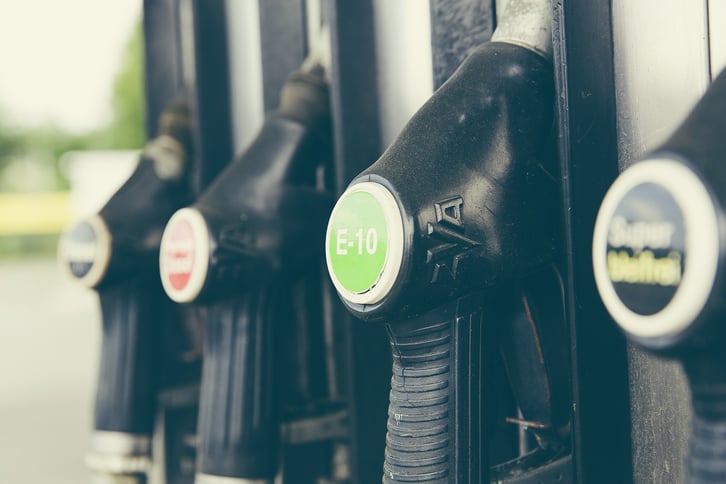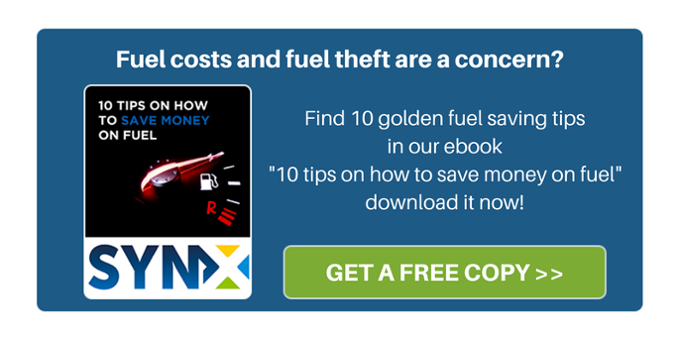
You might have never discussed fuel theft detection systems because you trust your employees, but are you sure there is no temptation in your company to commit it, or could it be this is a risk you are unaware of?
If your fleet is experiencing a high global fuel consumption, it could be due to one or a number of issues: vehicles used might need maintenance, drivers might not be practicing eco-driving or safe driving and, yes, even if you do not suspect it, drivers could be stealing fuel. If the fuel consumption of a particular vehicle is getting significantly worse, it is a sign that there is something wrong; something that needs to be investigated.
So, if now you see it as a problem, before you start looking into fuel theft detection systems do you actually know how fuel can be stolen?
If you are aware of the following fuel theft methods, chances are that you might look for a solution which helps you detect this fraud and eliminate it. Here are four methods of fuel theft that might affect fleets:
1. Declaring incorrect fuel consumption
This method can be typical of companies who use manual logbooks to keep track of fuel purchases and consumption, or have an overestimated consumption rate that can make it even easier for staff to steal fuel. In this instance, fuel can be filled into other cars; drivers might easily take advantage of the overestimation or the approximate method of consumption and purchases recording.
2. Fuel pumped out of the tank
Probably the one that first springs to mind: not exactly like the old fashion syphoning, but fuel can actually be pumped out of the tank, with the additional problem of damaging multiple fleet vehicles if staff also break the fuel feeding system in order to extract it.
3. Odometer tampering
Staff could also reduce mileage readings with the use of external devices such as a large magnet placed close enough to the odometer to stop it while the vehicle is in operation (the vehicle can then be used privately), or even with the use of impulse generator devices that add more kilometres/miles: it will then become necessary to give the consent for an additional fuel purchase—an unneeded one—that probably won’t finish in the right vehicle…
4. Fuel not totally filled to the tank
In these cases, a big part of the fuel purchase is pumped into the vehicle tank, while the rest is pumped into a container or into another vehicle. It might seem relatively easy to spot, but if this is done in small amounts you might not realise it.
All of these methods can be easily discovered if you have the right tools at your disposal. But if you are still using manual methods to track your fuel consumption or rely on fuel bills to track fuel usage, chances are you will end up paying a lot of money but do not really know where fuel goes.
Synx Perform by Transpoco has an integrated fuel management module that can show purchases in real time as well as issues that might be connected to them. You can also count on driving monitoring alerts to see if your team is driving efficiently, on a maintenance module to make sure vehicles are kept roadworthy, and you can establish fuel consumption targets for your fleet.
If you are afraid of fuel theft, there is an obvious solution—get in touch with us and we will show you how it can also improve your fleet operations and save on global costs.



